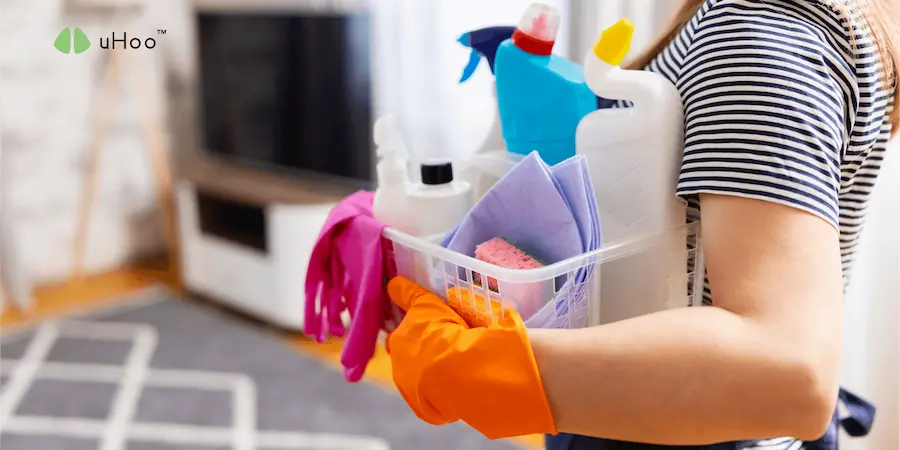We often think of pollution as an outdoor problem, a haze hanging over congested cities or smog clinging to industrial landscapes. Yet, the air we breathe indoors can be surprisingly polluted as well, posing significant threats to our health. While you may strive for pristine outdoor environments, the quality of the air within your home and office can have a profound impact on our well-being.
One of the most concerning aspects of indoor air pollution is its often invisible nature. Unlike the visible haze of smog, many indoor pollutants are imperceptible to our senses. This makes it difficult to recognize the dangers lurking within our own living spaces.
A wide range of pollutants can contaminate indoor air, including:
- Volatile Organic Compounds (VOCs): Released from paints, solvents, cleaning products, and even some building materials, VOCs can cause headaches, dizziness, and respiratory irritation.
- Mold and Mildew: Thriving in damp conditions, these biological pollutants can trigger allergies, asthma attacks, and even more serious respiratory illnesses.
- Particulate Matter (PM): Tiny particles, such as dust, pet dander, and smoke, can irritate the lungs and exacerbate respiratory conditions.
- Radon: A naturally occurring radioactive gas, radon can seep into homes from the ground and significantly increase the risk of lung cancer.
- Carbon Monoxide: A colorless, odorless gas produced by incomplete combustion, carbon monoxide can be deadly.
Exposure to indoor air pollutants can have a wide range of health consequences, including:
- Respiratory problems: Asthma, bronchitis, and other respiratory illnesses can be exacerbated by poor indoor air quality.
- Allergies and sensitivities: Symptoms like sneezing, coughing, and itchy eyes can be triggered by allergens present in indoor air.
- Headaches and dizziness: VOCs and other pollutants can cause headaches, dizziness, and fatigue.
- Serious illnesses: In some cases, prolonged exposure to indoor pollutants can increase the risk of cancer and other serious health conditions.
Fortunately, there are effective steps you can take to improve your indoor air quality:
- Proper ventilation: Ensure adequate ventilation by opening windows and using exhaust fans.
- Regular cleaning: Dust, vacuum, and mop regularly to remove dust and other particles.
- Control humidity: Use dehumidifiers to reduce moisture levels and prevent mold growth.
- Avoid harmful chemicals: Choose low-VOC paints, cleaning products, and other household items.
- Test for radon: Have your home tested for radon and take steps to mitigate any elevated levels.
- Maintain HVAC systems: Regularly clean and maintain your heating, ventilation, and air conditioning (HVAC) system.
- Use air purifiers: Consider using air purifiers equipped with HEPA filters to remove particulate matter and other pollutants from the air.
- Utilize air quality monitors: Devices like uHoo can monitor various indoor air quality parameters, including temperature, humidity, CO2 levels, and VOCs, providing valuable insights into the air you breathe.

